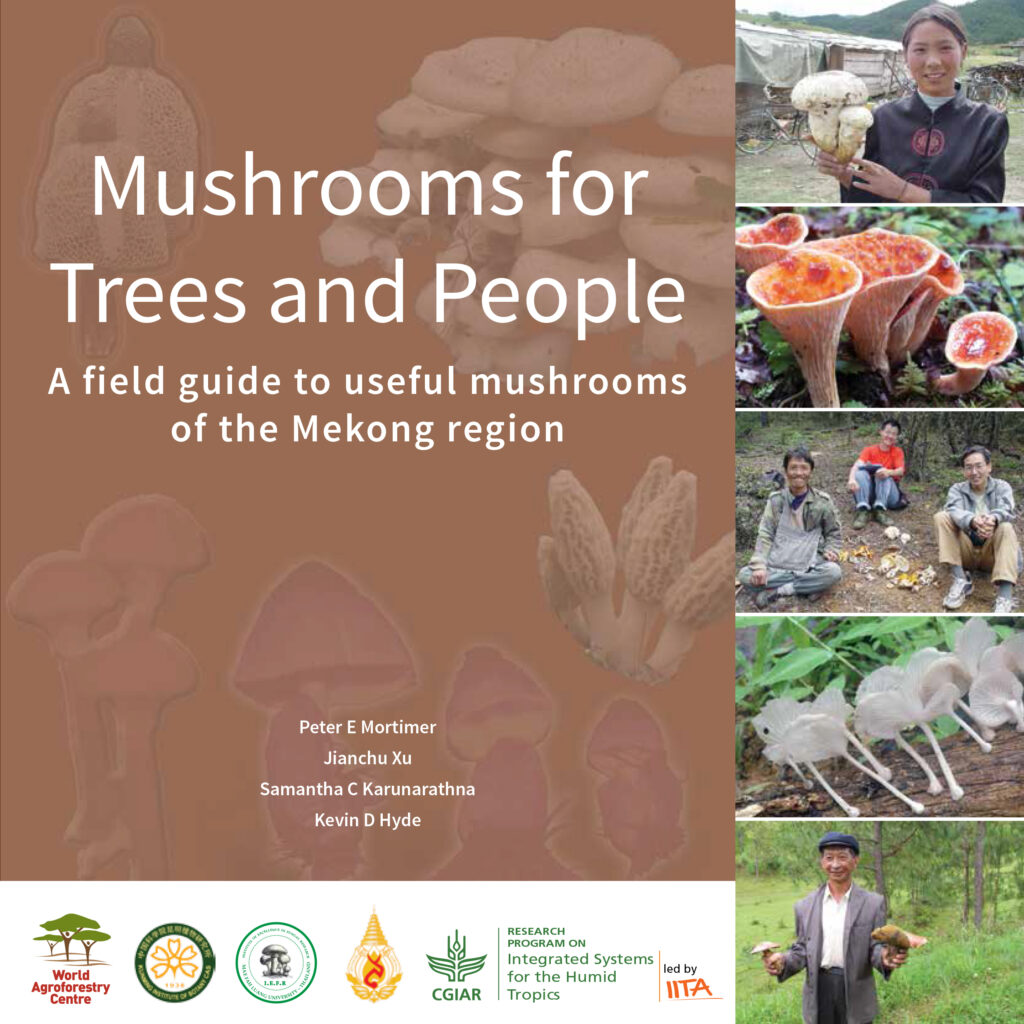As part of biodiversity in the GMS, fungi, and more specifically, mushrooms play a special role. Micro-and small enterprise development is widely recognized as important in many developing countries. Yet when it comes to people earning money from non-timber forest products (NTFP’s), several studies of commercially traded NTFP’s in Asia, Africa or Latin America have either cautioned against undue optimism1;2;3 or been highly skeptical. However, in the Mekong region, many mushrooms not only provide a source of food, but in areas lucky enough to have songrong (Tricholoma matsutake), yangdujun (Morchella), gangbajun (Thelephora ganbajun) or donghong xiaao (Cordyceps sinensis), provide a very important source of income. In those areas, the “houses that mushrooms built” are proof of how much income people can get from wild harvested mushrooms, contradicting much of this skepticism regarding income from forest products 4. Through wild gathering and the managed harvesting of plantations, mushroom pickers can earn up to five times as much income as farmers. During the rainy season throughout the GMS, a billion dollar industry awakens: lively markets spring to life and streets and roadsides are filled with mushroom sellers, restaurants specializing in mushroom dishes open their doors, and tours take prospective collectors out into the countryside in search of their favorite species. With exports totaling thousands of tons annually, mushrooms play a vital role in supporting the livelihoods of those lucky enough to be part of this network.
Agroforestry and Ecosystem Management, Capacity Building and Agricultural Education for Sustainability
Types:
Book, book chapter
published in 2014, English language




